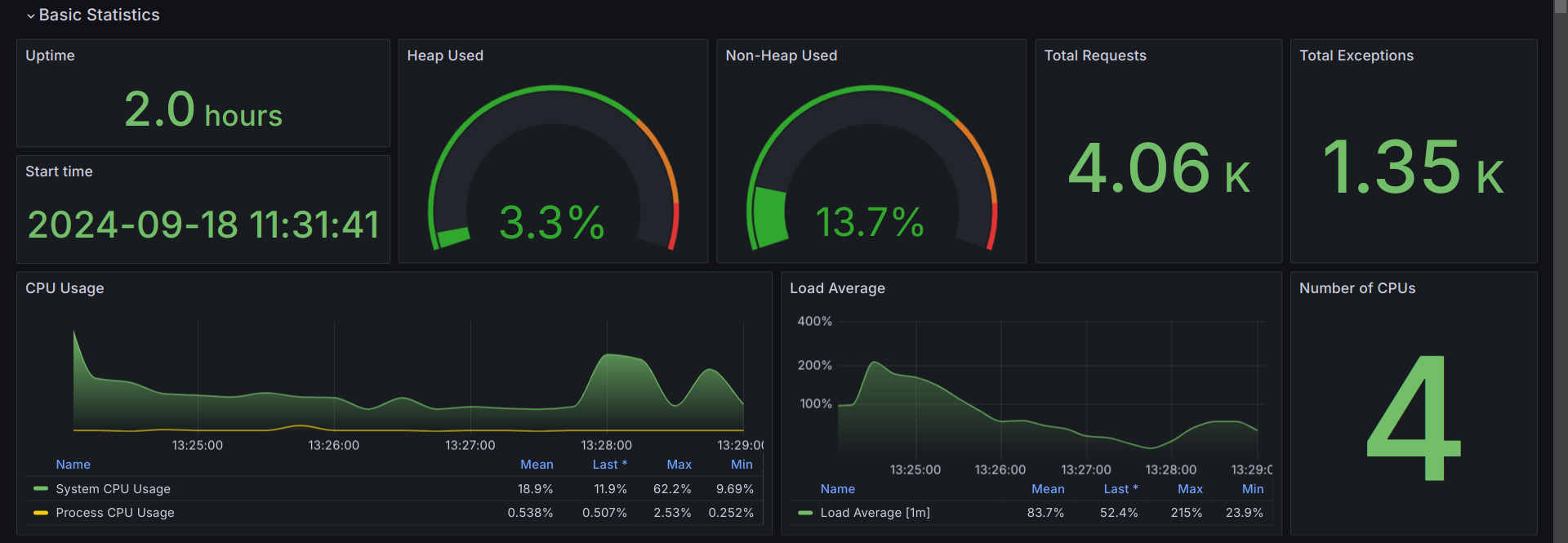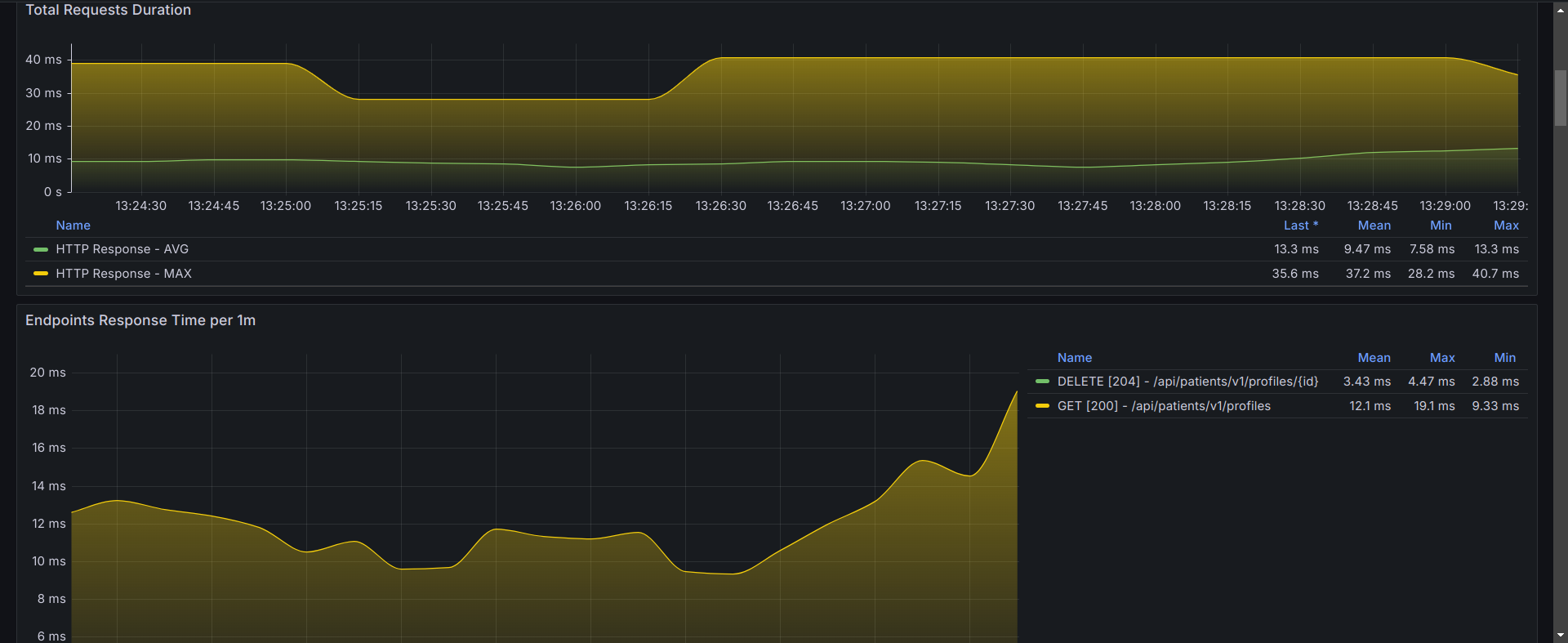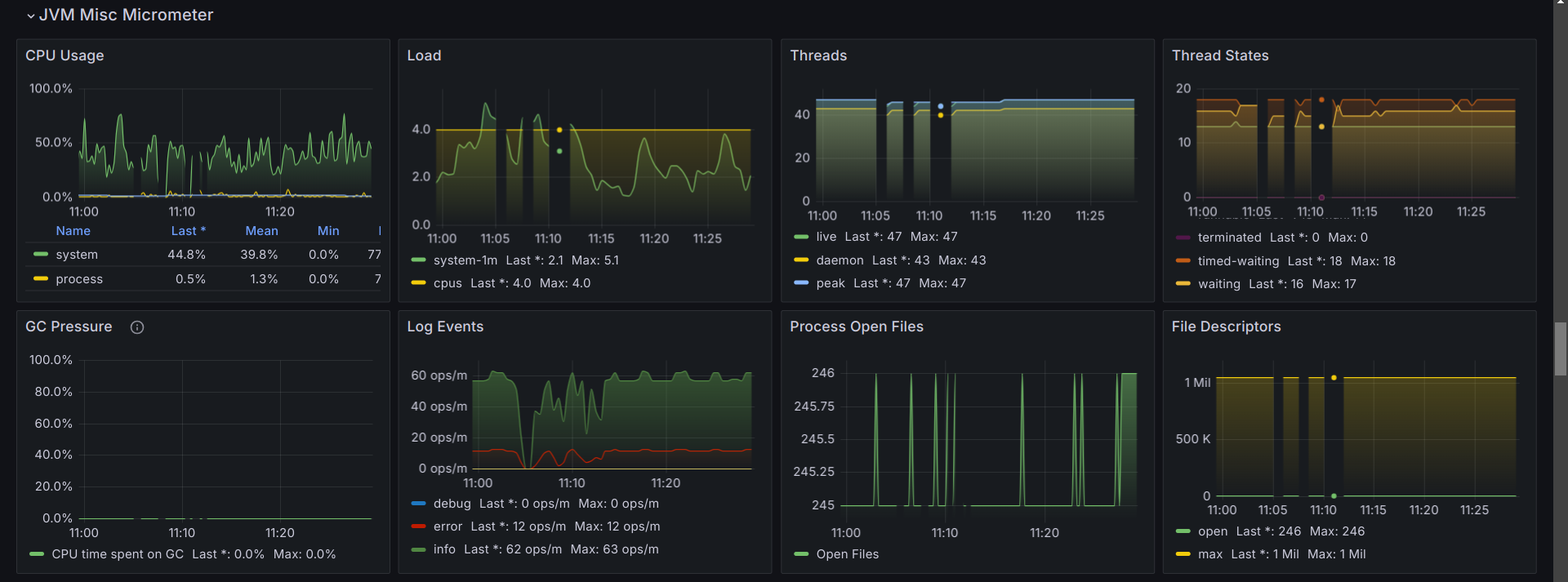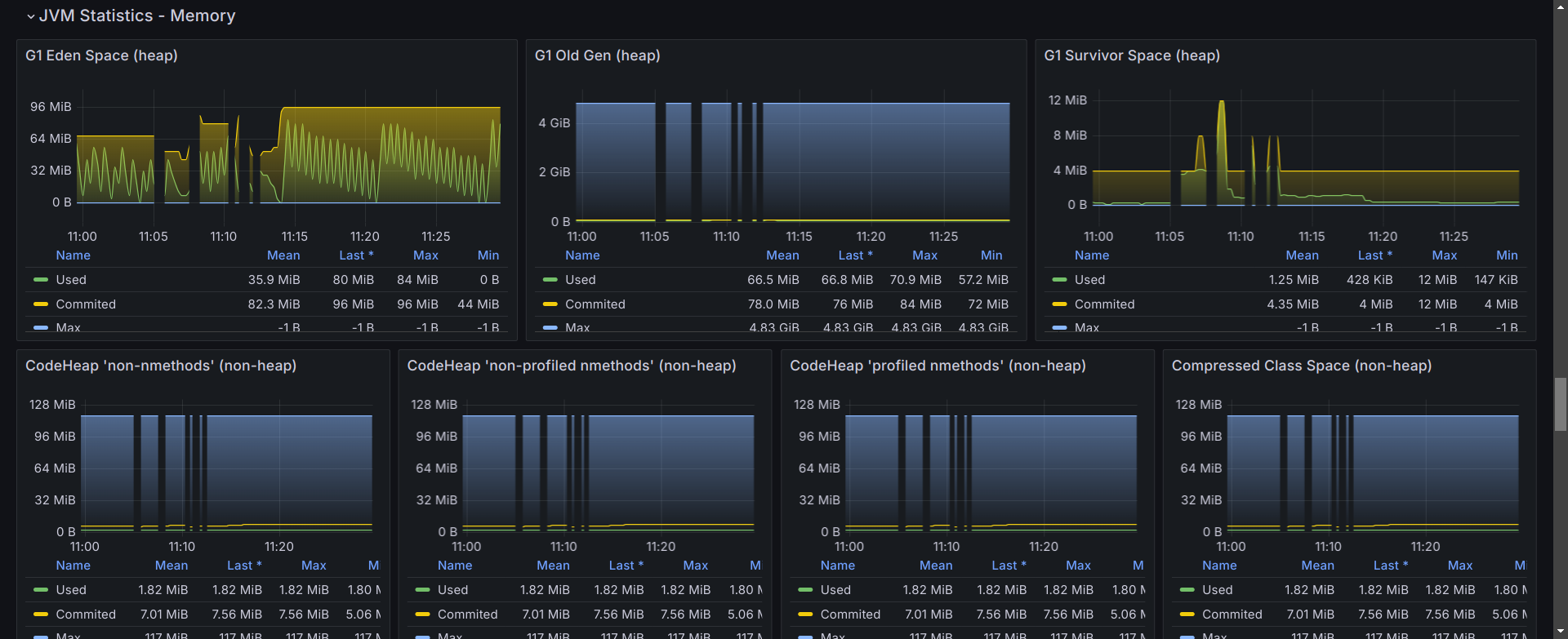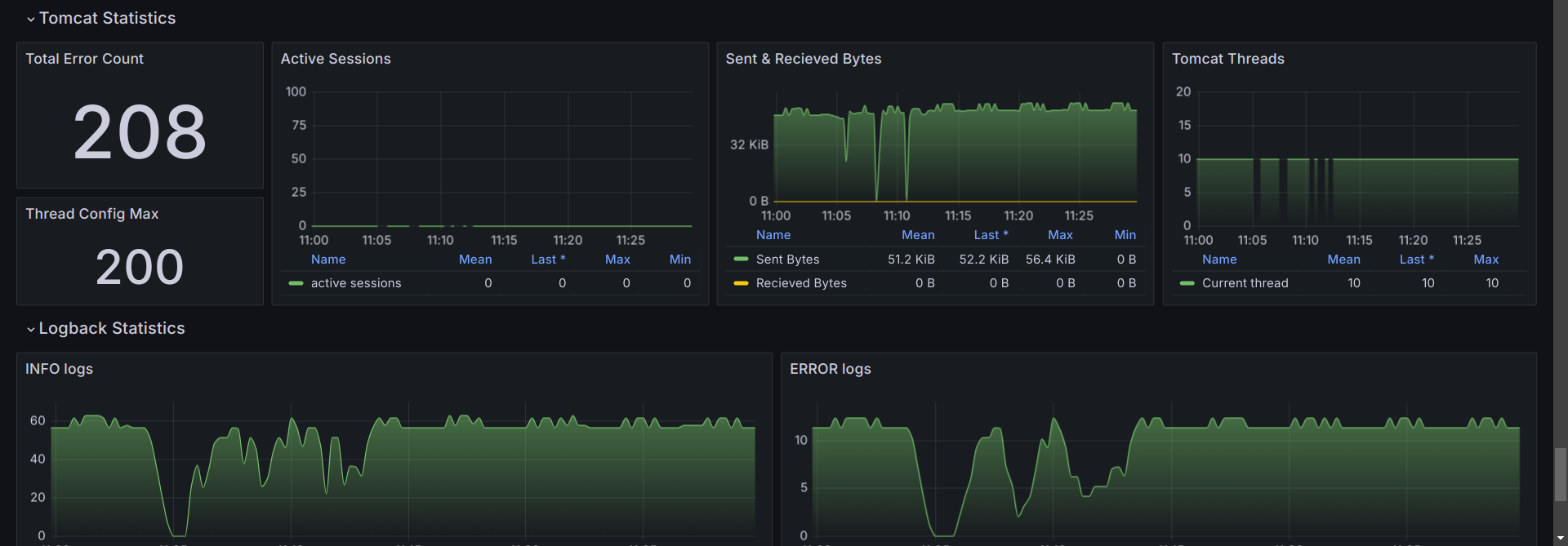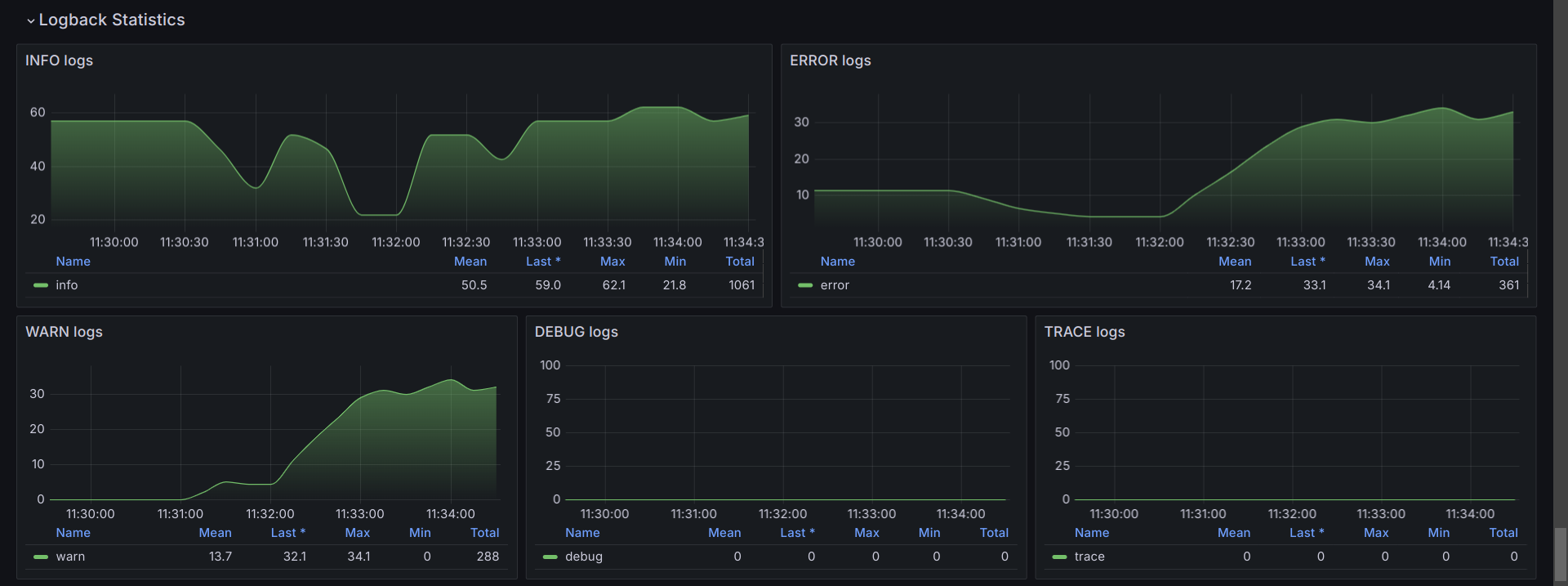This project is a Healthcare Management System developed as a Microservices Architecture using Java. The system is designed to manage various healthcare-related operations such as patient registration, appointment scheduling, medical records management, billing, and more. It serves as a practice project to demonstrate the implementation of microservices using modern Java technologies.
- Java 21: Core programming language.
- Spring Boot: Framework for building microservices.
- Spring Cloud: For managing microservices, service discovery, and load balancing.
- Eureka: Service registry for microservices.
- Feign Client: For inter-service communication.
- MySQL: Relational database for persistent storage.
- MongoDB: NoSQL database for storing data.
- Docker: Containerization of microservices.
- Kafka: Message broker for event-driven communication between services.
- Swagger/OpenAPI: API documentation and testing.
- JUnit & Mockito: Testing frameworks for unit and integration testing.
- Flyway: Database migration tools.
- Lombok: Reducing boilerplate code.
- Keycloak: For authentication and authorization management.
- Grafana: For observability and monitoring services through dashboards.
- loki: For centralized logging.
- tempo: For distributed tracing.
- Java 21
- Maven
- Docker
- Docker Compose
-
git clone https://github.com/arivan-amin/Healthcare-Management-Microservices.git cd Healthcare-Management-Microservices -
cd Core mvn clean install cd ..
-
mvn clean package
-
- on Linux: add the below variables to your .bashrc file and reload or reboot
export EUREKA_USER=admin export EUREKA_PASSWORD=admin
- on Windows: run the below commands
set EUREKA_USER=admin set EUREKA_PASSWORD=admin
-
docker compose up -d
-
- API Gateway:
http://localhost:8080 - Eureka Dashboard:
http://localhost:8080/eureka/web - Swagger UI:
http://localhost:8080/swagger-ui.html - Grafana:
http://localhost:3000/dashboards
- API Gateway:
-
- Open your browser and navigate to Grafana at: http://localhost:3000/dashboards
- In the Grafana dashboards page, click on the New icon on the top right side and select Import.
- Choose both json file located at: project-root/docker/grafana/
- Complete the import process for both files.
- Now you should have 2 dashboards to monitor Spring Boot, MySQL.
-
Unit and integration tests are available for each microservice.
-
Run the tests using Maven:
mvn test
The system is divided into several microservices, each responsible for a specific domain:
- API Gateway: Serves as the single entry point for all client requests, routing them to the appropriate microservices. It handles request aggregation, load balancing, and provides a centralized point for managing cross-cutting concerns such as authentication and logging.
- Appointment Service: Manages scheduling and rescheduling of patient appointments. It interacts with the Doctor and Patient services to ensure availability and updates the system with the latest appointment data.
- Audit Service: Provides centralized logging and auditing for all actions within the system. It records critical events, such as user activities and service interactions, to ensure transparency and compliance.
- Core Service: Provides foundational services and shared functionality used across other microservices. This could include utility functions, common data access layers, or basic service management features.
- Discovery Service: Implements service discovery mechanisms, allowing microservices to find and communicate with each other dynamically. It maintains a registry of available services and their locations.
- Doctor Service: Manages information related to doctors, including their profiles, specialties, schedules, and availability. It supports operations related to doctor management and integrates with other services for scheduling and patient care.
- Notification Service: Sends notifications and alerts to users, such as appointment reminders, billing notifications, or system updates. It handles different communication channels like email, SMS, or in-app notifications.
- Patient Service: Manages patient information, including personal details, medical history, and contact information. It supports patient registration, updates, and interactions with other services such as appointments and billing.
- Security Service: Ensures the security of the system by managing authentication, authorization, and encryption. It handles user access controls, secure communication, and protection of sensitive data.
Contributions are welcome! Please fork the repository and submit a pull request for any improvements or bug fixes.
This project is licensed under the MIT License. See the LICENSE file for more details.
For any questions or inquiries, please contact:
- Name: Arivan Amin
- Email: arivanamin@gmail.com
